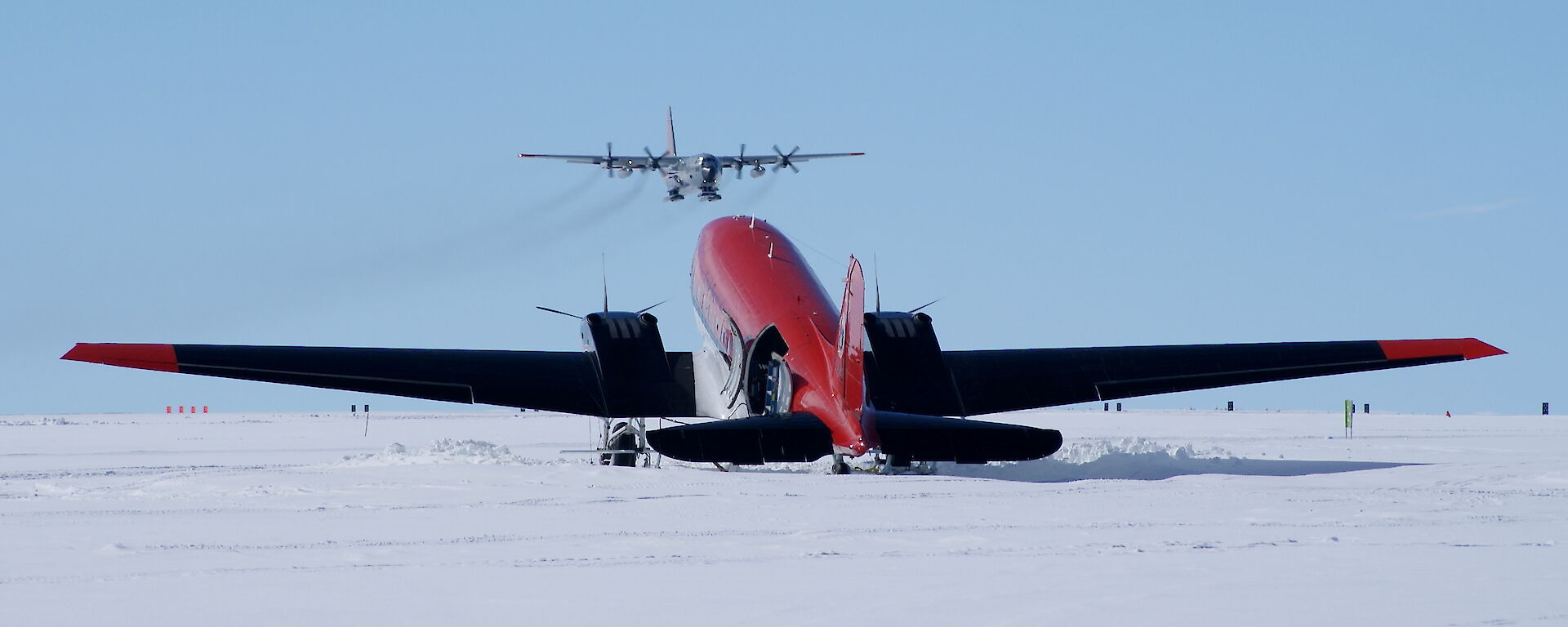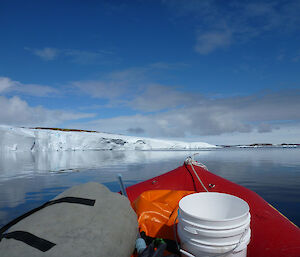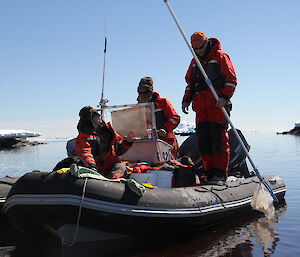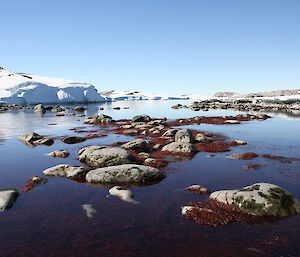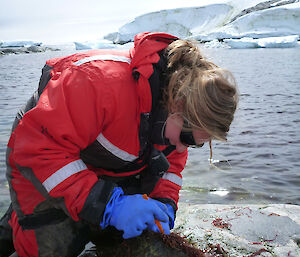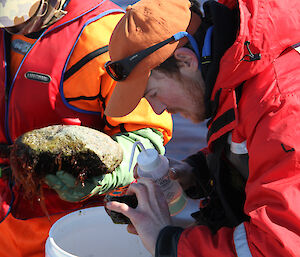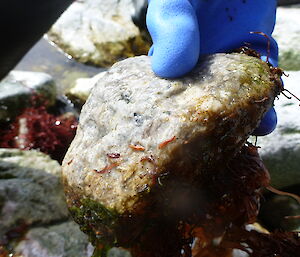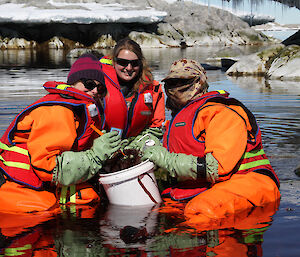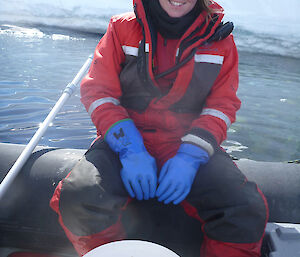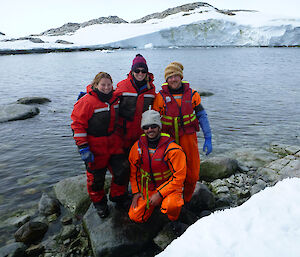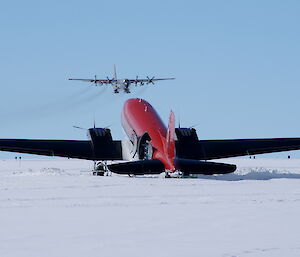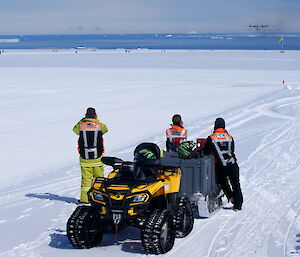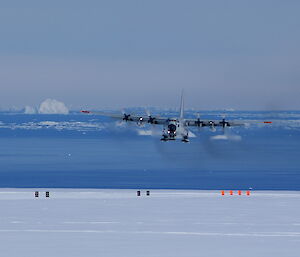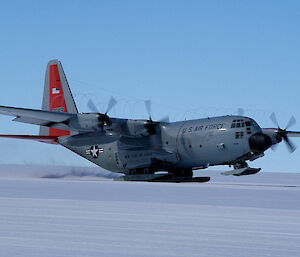This week at Casey our marine science team have been working on a project investigating the ecological risks of using chemical dispersants to manage major marine fuel spills. We are assessing the toxicity of several fuels commonly used in Antarctica to a range of Antarctic marine invertebrates. This week we have been collecting invertebrates both for use in lab experiments and to be returned to Australia to be kept at the Australian Antarctic Division’s cold water aquarium facility.
We visited various sites this week, including O’Brian Bay where we collected lots of amphipods (small crustaceans) and gastropods (small snails) to be returned to Australia. We also caught a few sea spiders, isopods, polychaetes and a sea squirt. The animals were safely transported to their new home in the Aurora Australis aquarium and are now safely on their way back to Australia.
We have also been focusing on collecting flatworms to conduct experiments on station. Flatworms were collected (by wading in dry suits) from the nearby Beall Island, found on the underside of rocks collected at low tide. We have had great success collecting flat worms this week, partly thanks to the assistance of some enthusiastic volunteers.
We now have enough flatworms to start doing experiments and will begin the first on Monday. We are expecting to have a busy week ahead of us and are very excited to have everything moving along so well.

